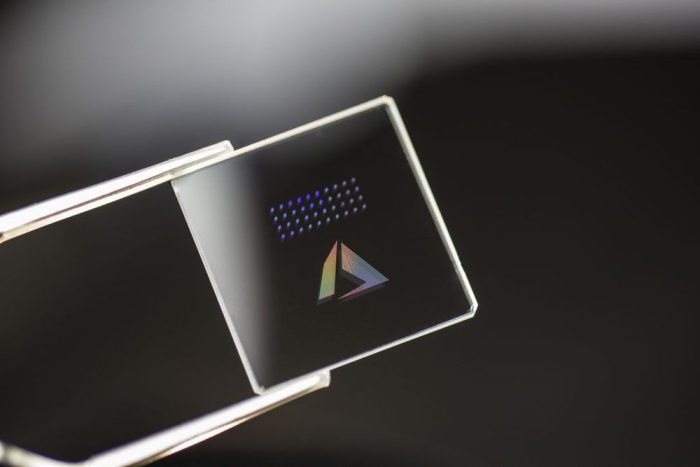Microsoft’s Project Silica isn’t new, but storing data on quartz glass is still cool
2 min. read
Published on
Read our disclosure page to find out how can you help Windows Report sustain the editorial team Read more

In an effort to shrink our carbon footprint on this planet while creating and consuming unprecedented amounts of data, companies have been exploring a multitude of alternative solutions to reduce, reuse and recycle the size of devices, infrastructure, research and development and that includes businesses trafficking cloud data.
At Microsoft’s Ignite 2019 conference, CEO Satya Nadella showed off a portion of the company’s long-term data storage solution with Project Silica, first announced two years ago, where ultrafast laser optics are used to store data in quartz glass by femtosecond laser processes.
Using the example of storing the entire Superman movie on a piece of glass no thicker than a quarter, Nadella highlights the potential of Project Silica’s ability to massively reduce the amount of space apps, or services could take in the future.
Project Silica challenges and re-thinks traditional storage design. Spoiler alert: it involves quartz glass. #MSIgnite pic.twitter.com/Bxtni4NY8x
— Microsoft (@Microsoft) November 4, 2019
With a predicted 100 plus zettabytes of data stored in the cloud by 2023, Microsoft is building a group up new technology procedures that should help the company co-design storage systems that can run parallel with”future hardware and software infrastructures in the cloud.”
The rather impressive demo is in early phases and Microsoft is looking to staff up with highly qualified individuals with knowledge in Research in Storage Software and Optical Systems.
Project Silica thus far has been a two-year collaborative project with the University of Southhampton Optoelectronics Research Centre as part of a broader Optics for the Cloud initiative started by Microsoft Research Cambridge.








